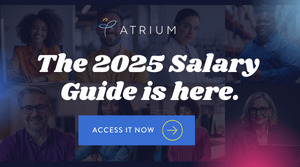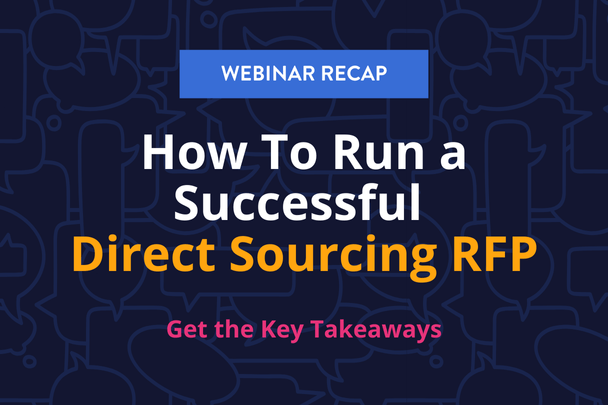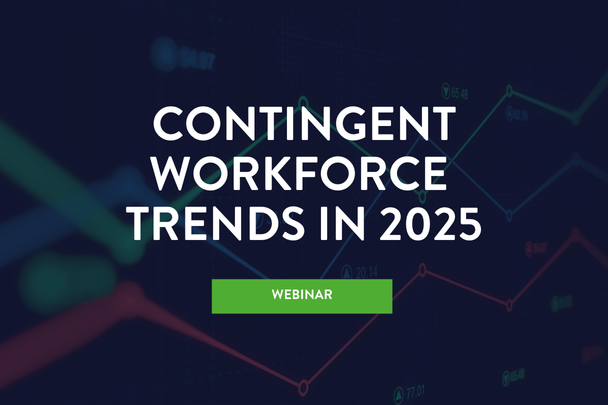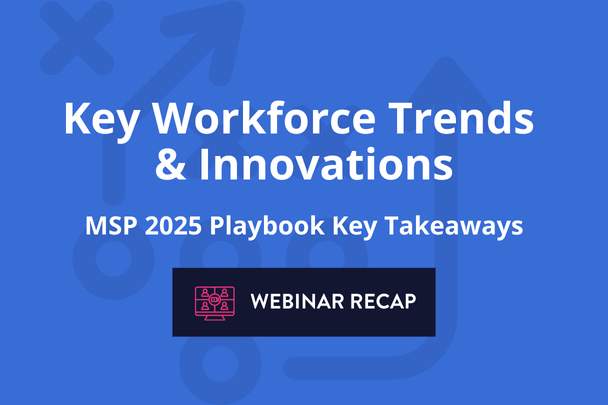It seems like people are asking me all the time, “What should we expect in 2023?” To be completely candid, it might be a bumpy ride. Organizations and leaders are understandably concerned about the future of our global, interconnected economy. According to a new survey of 38 economists conducted by Bloomberg, there is a 70% chance there will be a global recession in 2023.
That’s a scary stat, but I believe we are up to the challenge! The question we should ask ourselves is not just how to weather the storm, but how do we learn to adapt, overcome, and even thrive in an ever-changing environment? How does our approach to the world of work and our approach to talent not just change but evolve as the world changes?
Is this doable? When I think about what we’ve been through the past few years, I have one thing to say: Bring. It. On.
Regardless of the economic outlook, there are opportunities to be had.
Don’t let the macro-economic picture consume you with worry when you look at 2023. Just because the economy as a whole is down, doesn’t mean your business must naturally follow the same path. Organizations often thrive in recessions when they are able to pivot their offering or capitalize on an opportunity that others didn’t see. The trick is to actively look for signs indicating where the demand in your industry is shifting to or even anticipate where the market is going to be. Paying attention to these trendlines and responding to them will help you recession-proof your business.
At Atrium, we have a longstanding tradition of pivoting into new services and often growing in the face of adversity as a result. During the pandemic, many of our traditional sources of revenue were seriously disrupted. Undeterred, we assembled strategic growth teams who set about finding staffing opportunities that were unique and underserved or highly aligned with the talent market of the pandemic. From bankruptcy and liquidation to disaster recovery to healthcare related talent needs, once we found these opportunities our team was often working seven days a week to keep up!
If you know you need to pivot fast, don’t be afraid to leverage contingent workers and independent contractors. That way, you can staff up quickly to meet market demand or experiment with new products and services. The contingent workforce is quickly approaching 50% of companies’ overall workforce in many sectors, and uncertain economic times tend to bolster the usage of this extended workforce model in order to continue business as usual or even scale. The time is now to lean into this strategy.
Also, doubling down on direct sourcing capabilities and leveraging partners who can help you build an effective direct sourcing program and develop talent pools.
At Atrium, we have a strong culture built around the idea that, when things get tough, that’s when we do our best work. However, this culture of agility and perseverance didn’t happen accidentally or overnight.
Flexible and adaptive beats meticulously crafted strategy every time.
In times like this, strategy of course still matters but we can’t allow ourselves to stick to a rigid plan that is no longer aligned with reality. Agility allows your organization to bend without breaking when the facts on the ground keep changing. But how do we become more agile? Are you working to create the training and organizational structure that supports agile ways of thinking and working? We as leaders can’t just come down off the mountaintop and say “let there be agility!” It takes communication, collaboration, and hard work to build a culture that knows how to truly roll with the punches.
On the other hand, don’t let agility be an excuse to abandon your principles. Your organization needs a center, a core that remains true even if everything else changes. Here at Atrium, we’ve always stayed true to our people-centric principles, and even as the business and technologies we use may change, that commitment will always stay the same.
Many organizations are eager to adopt new tech for the efficiency and analytical power it promises, but in that rush to implement new systems and processes, they often lose the human element of their business. This kind of trade-off can end up harming your customer and employee experience.
From the inception of our organization, we recognized the importance of focusing on the personal, humanized experiences of key stakeholders. We have always prioritized transparency for applicants and clients. In the 1990’s, we did this by pioneering the “e-office” so that everyone using our services could log in and get a real-time update on how we were serving them and where things stood. It might not sound like impressive technology now, but it was revolutionary at the time.
We continue to embrace new technologies and new ways of doing things, but we’ve always fought to stay true to our people-centric principles. This approach has resulted in the best of both worlds where modern technology is enabling a people-first culture for our employees, applicants, and clients!
Now is the time to refocus on your talent experience!
As you’re looking for opportunities to adapt and grow, your people are going to be your lifeblood and a catalyst for your future success. If you’re not taking care of them and their needs, it doesn’t matter how many times you use the word agility in your next all-hands meeting. Focusing on your employee experience will pay big dividends whether you’re trying to expand and attract new talent or just retain and upskill your existing workforce.
At Atrium, we have a variety of programs focused on improving the employee experience and with it our performance. By engaging our entire HR department and our executive leadership team, we’ve implemented programs on everything from learning and development, diversity equity and inclusion, employee resource groups, performance coaching, wellness, and a hybrid working model.
But the reason these programs work so well for us is because they were conceived and designed based on feedback from our employees themselves. This is a critical part of improving your employee experience. Each of the programs and initiatives I mentioned above are the result of listening to our people in the form of surveys, employee ambassadors, executive sponsors, and more. Even if you design a program with the best of intentions and the best advice from experts, it can still easily go off the rails if you don’t start with feedback from your people.
What’s next in 2023?
What does the future hold for us? To be honest, I would be lying if I had a definitive answer to that question. What I can tell you is that the organizations that figure out how to adapt, survive, and thrive no matter what will be those that focus today on building principled cultures of agility and invest heavily in an employee experience that supports that goal.











